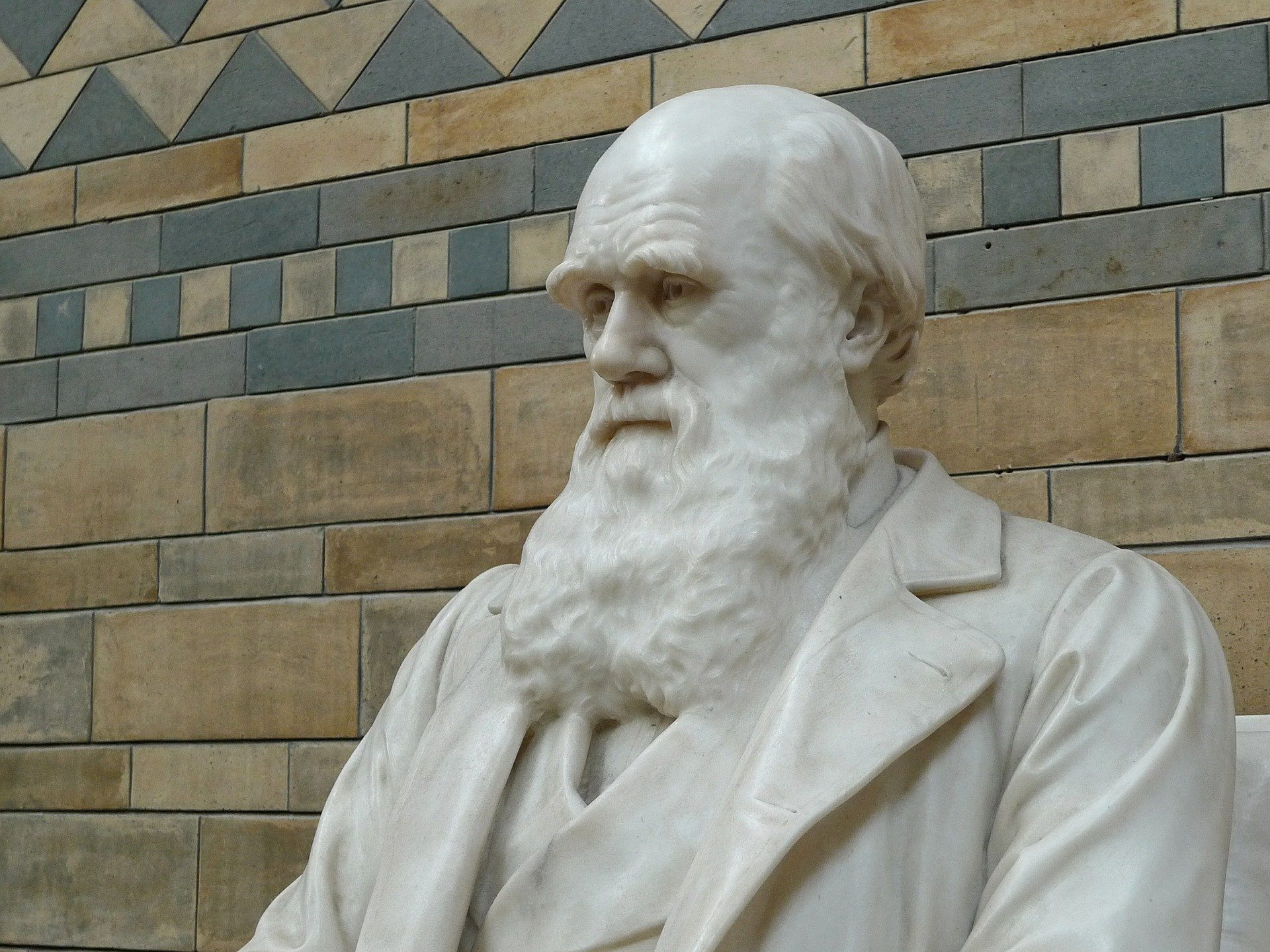New Study Accredits Darwin’s Ecological Hypothesis
It’s hard to overstate just how brilliant and huge Charles Darwin’s theories were and still continue to be. It absolutely rocked Victorian England, to the extent that stuffy old Victorian England could be rocked past people just barely raising their voices in polite protest.
Now, a new study demonstrates how Darwin’s ecological hypothesis- that abiotic factors limit population growth in stressful areas, whereas species interactions dominate in less stressful environments because of an increased density and diversity of enemies- holds true.
“Darwin and others have said that what drives this pattern is gradients in density or diversity of interacting species, but instead it seems to be effects of stress on growth, survival, reproduction and germination of the plant species,” said Allison Louthan, who led the research while completing her PhD dissertation in CU Boulder’s Environmental Studies Program.
In the course of their experiment, the researchers studied the population dynamics of Hibiscus meyeri, a common flowering plant, at three field sites at central Kenya over a period of four years. As expected, pollination, herbivory and competition with other herbs and shrubs played a strong role in setting the edges of the plant’s range in the wetter sites. Those same interactions, however, did not seem to have a strong hand in H. meyeri’s expansion to drier sites.
“This research provides a guide about where and when species interactions are important and where they are less important,” said Louthan, now a post-doctoral researcher at Duke University. “Understanding the different forces that set limits to a species range and allow populations to expand or contract is crucial for understanding both ecological and evolutionary dynamics.”
The researchers in a step forward, plan to expand their experimental method to other systems, in order to continue studying how a species reacts to various factors across a broad geographic area.

“Even before climate change, a major question was why species have the range limits that they do, and what the importance was of climate versus interactions with other species in setting these limits,” said Dan Doak, a professor in CU Boulder’s Environmental Studies Program and a coauthor on the study. “Now, with ongoing climate change, these questions are much more pressing. This work shows that multiple forces matter in shaping where a species lives and also that the mechanisms driving these effects are not what biologists have usually assumed.“
























